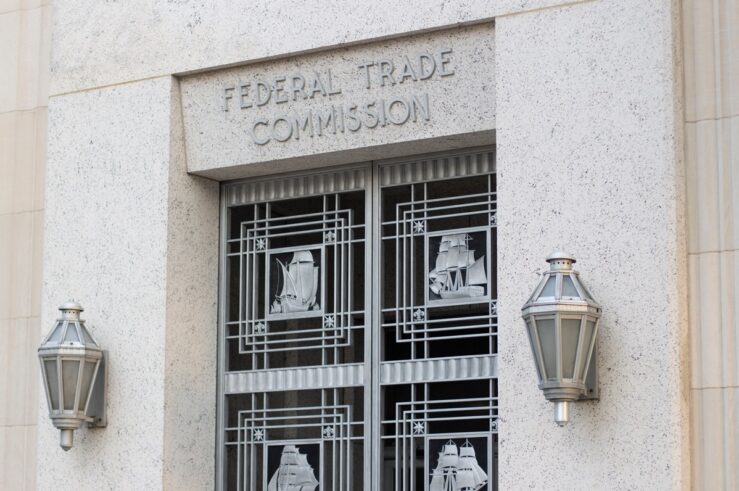The Federal Reserve has been working with other international banking regulators in the Basel III process to alter bank capital reserves so that they are no longer pro-cyclical and based on unrealistic assumptions about economic growth during bull markets. The Fed now urges that banks need to hold reserves on a counter-cyclical basis. When times are good, banks will be required to put away more capital, which they can’t lend, as a buffer against future downturns. But what is good for the goose should be good for the gander. It’s time for the Fed to consider a rainy day fund, invested in gold, to support its discount window for lending to troubled firms during financial crisis. The Fed holds some gold, but not nearly enough. And, I realize that the Fed’s gold portfolio has increased in value significantly since 2008, but that misses the point entirely.
The gold standard, which required central banks to hold gold to back up currency at a fixed rate of exchange, is a bedrock of monetary policy history. Its appeal continues to resonate with libertarians and inflation hawks owing to its inflation fighting powers. Between 1880 and 1914, a period when the United States was on a firm gold standard, inflation averaged only 0.1 percent per year. After World War II, the U.S. government slowly abandoned the gold standard through its consistent deficiencies on promises to guarantee trade deficits with gold, until in 1971 President Nixon killed the gold standard once and for all.
The appeal of the gold standard is seductive, but its lack of flexibility severely constrains central banks in the midst of crisis. The gold standard’s more damaging historical drawback was that it brought abrupt price shocks to the economy upon new discoveries of major gold veins. Alan Greenspan, an ardent proponent of the gold standard in his early years, eventually abandoned his support for the idea. And yet, there remains some usefulness for central banks holding significant positions in gold.
Gold remains the ultimate counter-cyclical commodity. When investors fear the prospect of inflation, or the effects of pending recession, they tend to flock to the certainty of gold. They do this because other investors do it, with regularity, and have done so in tough times through the centuries of history. And yet, as of April 2007, the Federal Reserve held only $11 billion worth of gold out of nearly $900 billion in total assets. I’ll admit, that gold portfolio has increased in value, significantly, over the last three years, but not nearly enough to cover the over $1 trillion in extraordinary AIG lending and Fannie/Freddie risky asset purchases the Fed has been coaxed into over the same time frame.
By any reasonable comparison to its positions over the last 50 years, the Fed is overcommitted. The outstanding loans on the Fed’s balance sheet have more than doubled in the last year. Many of those assets, which used to be comprised of readily marketable Treasury bonds, now consist of bonds in Fannie Mae, Freddie Mac and other toxic assets that could be difficult to sell off when the Fed needs to soak up money from Wall Street to manage interest rates if inflation picks up steam. Most commentators talk more about the prospect of deflation than about the prospect of inflation these days, but then again that’s been true prior to many of the more inflationary periods in history.
The Federal Reserve has had to rely on the Treasury Department and the Congress to help fund its efforts to stabilize the financial system. The Federal Reserve began as an institution with the dual mandate, under its enabling act, of minimizing unemployment while also minimizing inflation. That delicate tightrope is difficult enough to maneuver. But when the Federal Reserve is also encouraged to buy Treasury bonds to finance government spending, in return for the Treasury backing up the Federal Reserve’s lending, the Fed’s independence to fulfill its mandate comes under threat.
If the Fed had a more significant position in a counter-cyclical investment like gold, it might be able to use the windfall profits of that fund, which can be expected at the beginning of a market panic, at just the time it is needed most at the New York Federal Reserve Bank’s discount window for emergency loans to failing banks and other businesses. And the Fed wouldn’t need to limit itself to gold, other precious metals could also play a useful role in counter-cyclical investments.
The gold standard is likely an outmoded philosophy. But counter-cyclical investments like gold and other precious commodities hold the potential to enhance the independence and versatility of the Federal Reserve in fulfilling its mission even in the midst of unprecedented financial crisis. We don’t need to think of the logic underlying arguments of gold-bugs as an all-or-nothing proposition. Perhaps we should simply try dialing up the Fed’s gold exposure as a start.




